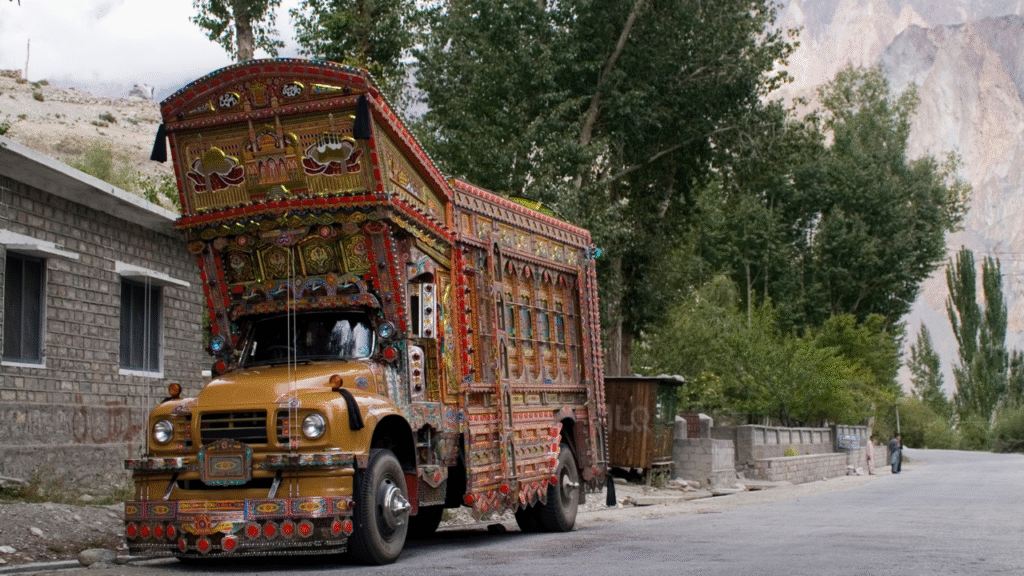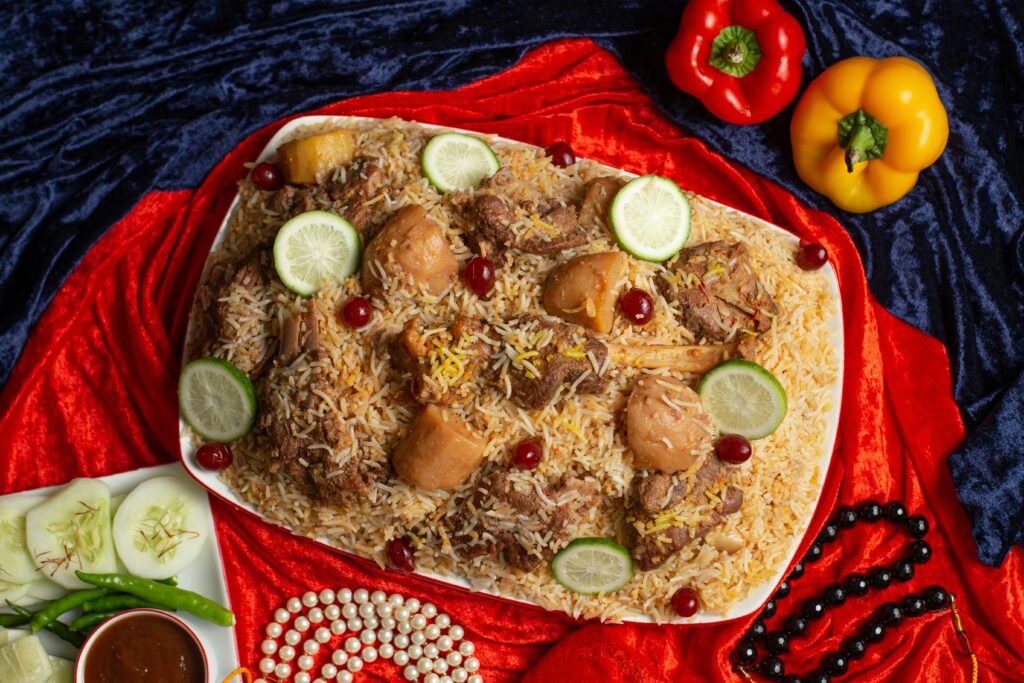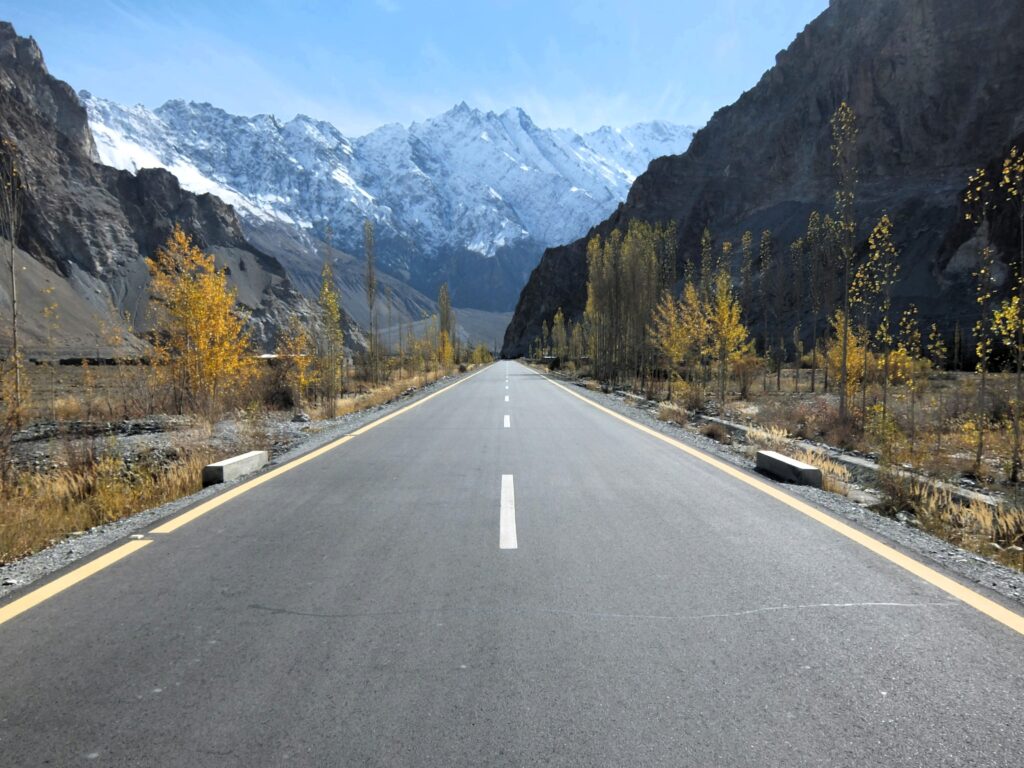Why Truck Art in Pakistan Is a Moving Masterpiece
If you’ve ever traveled across Pakistan, you’ve likely seen it—trucks adorned with bold colors, floral patterns, poetic verses, mirrors, and hand-painted portraits. These aren’t just functional vehicles. They’re moving pieces of art that reflect the heart and soul of Pakistani culture. A Tradition Born on the Road Truck art began in the 1950s as a way for drivers to personalize their vehicles and seek spiritual protection during long journeys. What started with small religious symbols has evolved into one of Pakistan’s most recognized and cherished folk art traditions. Each Truck Is a Work of Art From intricate floral motifs to elaborate wood carvings, every surface of the truck becomes a canvas. Painters, welders, and craftsmen work for weeks—sometimes months—to transform a truck into a masterpiece. The level of detail is astonishing, with each region of Pakistan adding its own local flair and techniques. Art That Speaks What makes Pakistani truck art so unique is that it tells a story. Common themes include: These elements often carry deep personal or spiritual meaning for the driver and are meant to offer protection, pride, or a reflection of identity. A Global Influence Pakistani truck art has caught the attention of artists and designers around the world. It has been featured in international exhibitions, used in fashion collections, and even applied to products like handbags and bicycles. What was once a purely local art form is now celebrated globally for its color, vibrancy, and cultural authenticity. More Than Decoration For many truck drivers, decorating their vehicle is a source of pride and identity. Their truck is not just a means of livelihood—it is a mobile expression of their dreams, values, and personal beliefs. It’s art that moves, literally and emotionally. Final Thought Truck art in Pakistan isn’t just decorative—it’s a powerful form of self-expression and cultural storytelling. It brings beauty to the roads, dignity to hard work, and artistic life to everyday journeys. In a country rich with tradition, it stands as one of the most accessible and admired forms of public art.




